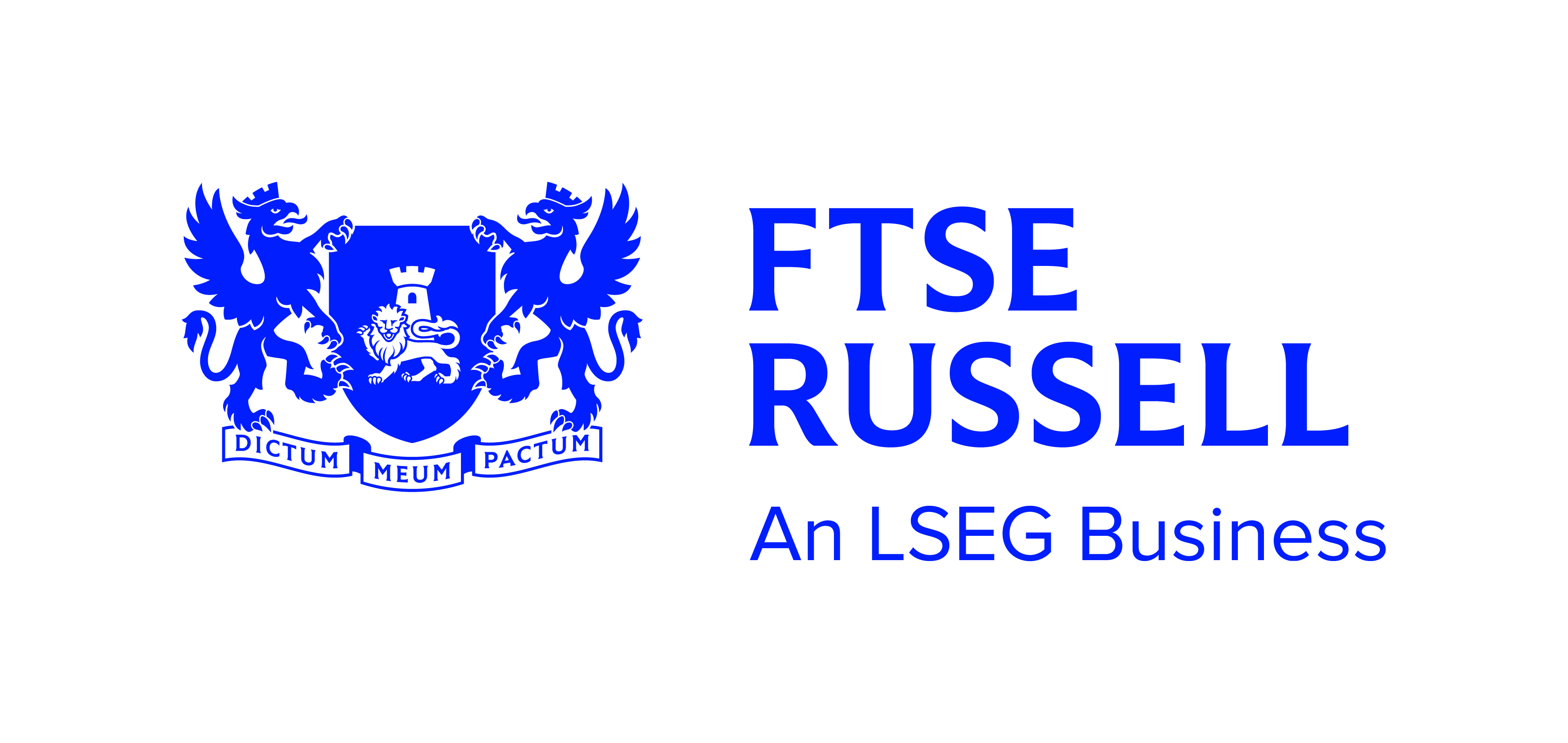Indexing started in journalism as a way for newspaper editors to give readers a snapshot of the market’s performance, starting with the Dow Jones Transportation Average in 1884.
Active managers used them as a measuring stick for their success or failures, but they were never considered money-makers. The birth of modern finance gave academic underpinning to the idea that indices could be a proxy for a market portfolio, Aye Soe, global head of product management for S&P Dow Jones Indices (SPDJI) explained.
The first index-tracking product available to individual investors was the now-called Vanguard 500 Index mutual fund in 1976. Rich Powers, head of ETF and index product management at Vanguard, said the asset manager was “more or less a lone wolf” since very few fund houses offered index funds.
It was not until the 1990s that exchange-traded funds arrived on the scene, with the SDPR S&P 500 ETF Trust (SPY) the first.
“Investors know exactly what they are getting in an ETF, and with that evolution, the index basically becomes the portfolio,” Sean Wasserman, vice president, global head of index and advisor solutions at Nasdaq, said.
ETFs and indices took off in the 2000s, Soe said, “when people realised you can access a lot more strategies and themes than just broad-based market portfolios”.
Now indices are an industry unto themselves, and they are key to ETFs because their methodology dictates the selection and weighting an ETF may attempt to track. Roughly 80% of the existing 2,400-plus US-listed ETFs track indices. Following are rundowns on four of the top index providers.
S&P Dow Jones Indices
SPDJI is the world’s largest provider of financial market indexes, and its most important index is the most widely followed one, the S&P 500. According to the firm, there is more than $11.2trn indexed or benchmarked to the index, with $4.6trn of it passively managed.
There are 14 US-listed ETFs that follow the S&P 500, and SPY remains the biggest by assets under management. Total ETF assets following the S&P 500 are around $760bn.
The S&P 500 launched in 1957 and is one of the few indices wherein components are decided by committee, rather than rules. The S&P 500 committee uses eight criteria for eligibility, including market cap, liquidity and being based in the US.
Over the years, SPDJI has gathered other well-known indices under its umbrella, including the Dow Jones indices, which includes a commodities franchise with the S&P GSCI, as well as the Dow Jones Industrial Average, the S&P 500 VIX volatility indexes, several fixed income indices and multi-asset indices. The company states more than one-quarter of all ETFs are linked to an SPDJI index.
“We have really grown to where we have a footprint in almost every asset class,” Soe said.
Soe said they have seen greater interest in their S&P 500 equal-weight index, as represented by the Xtrackers S&P 500 Equal Weight UCITS ETF (XDEW), especially as discussion around mid-cap and small cap indices grows after years of the market-cap-weighted indices dominating investing. XDEW has seen $3.7bn inflows over the past six months, according to data from ETFLogic, highlighting concerns about the concentration risks in the S&P 500.
FTSE Russell
Most of the major indexes are focused on large cap stocks, but the Russell family of indexes was launched in 1984 to measure US market segments. The Russell 3000 is the broad-market index and includes the popular Russell 2000 small cap index. FTSE acquired Russell in 2014.
There are six ETFs following the Russell 2000 index in Europe, the largest being the SPDR Russell 2000 US Small Cap UCITS ETF (R2US) with $2bn AUM.
Ken O’Keeffe, global head of ETFs at FTSE Russell, said the Russell indices were historically used for a better understanding of the small cap space versus the large cap, as well as value and growth. The FTSE 100 gives a view of how UK equities differ from the US since it represents the 100 biggest market-cap companies listed in London. There are around $16trn benchmarked to FTSE Russell indices, O’Keeffe said, with ETFs making up about $860bn of that total.
He said the index provider is looking now toward working with clients to create indices that meet their specific needs: “The days of licensing the Russell 1000, 2000, 3000, FTSE emerging and developed [indices] is pretty much all done.”
Some of those indexes include environmental, social and governance (ESG) indices, including one for Vanguard that is part of the FTSE Global Choice Index Series, as well as fixed income indices for Goldman Sachs, such as the FTSE Goldman Sachs Investment Grade Corporate Bond index, which underlies a $770m ETF.
“There is a greater demand for ways to meet a slightly different investment outcome,” O’Keeffe said. “Where we are helpful to clients is helping them understand what makes an index more investable.”
Nasdaq
The Nasdaq Composite debuted in 1971 as the first electronic stock market, as a way to showcase the performance of the overall market. In 1985, the Nasdaq-100 was launched as a growth index containing the 100 largest nonfinancial US companies listed on the exchange.
The biggest ETF that tracks the Nasdaq 100, the Invesco QQQ Trust (QQQ), was originally created by the exchange in 1999, after seeing the success of SPY, Wasserman noted. With the advent of ETFs, the exchange saw how the vehicles could provide investors exposure to Nasdaq’s listed companies.
Given that QQQ debuted in 1999 as the dot-com era dawned, ETFs “really catapulted us into space,” Wasserman said, by getting the brand wider exposure at a time when investor demand for technology stocks was strong.
There are now nine ETFs tracking the Nasdaq-100 in the US, with total assets under management around $169bn. The largest in Europe is the iShares Nasdaq 100 UCITS ETF (CNDX) with $6.8bn AUM.
“The Nasdaq 100 provides that unique blend of US large cap growth heavily tilted toward technology, which is really capturing the essence of the overall U.S. economy,” Wasserman explained.
He noted one area where Nasdaq sees new developments is in the options space: “We are just scratching the surface in terms of investor adoption of the options-based strategies on the Nasdaq 100.”
MSCI
MSCI is best known for its international indices, which started in 1969 with the MSCI World index. Raman Aylur Subramanian, head of equity solutions research for Americas and EMEA at MSCI, said with the creation of modern portfolio theory in the 1950s, the capital asset pricing model in the 1960s, and a general idea about market portfolios, some sophisticated investors were interested in looking beyond their home market to invest in Europe and other regions.
In the late 1960s, the World index was the only non-North American developed-market index accessible to investors, and the accessibility philosophy carries through today. “As we build an index as a benchmark, we want to ensure that countries or stocks are both investable and accessible,” Subramanian said.
MSCI indices followed the opening of global markets, he said, including the emerging markets in 1987, while the All-Country World index launched in 1995. Until then, there was no index that included all countries, including emerging markets.
Subramanian said the ACWI IMI index is the most prominent index for investors, as it acts as a performance benchmark for many institutional investors.
There is now $12trn in AUM benchmarked to MSCI indices, with more than 1,300 equity ETFs based on MSCI indices. Some of the biggest international ETFs use MSCI indices, particularly the iShares brand, including the $33.9bn iShares Core MSCI World UCITS ETF (SWDA).
The fastest growth they are seeing is in the MSCI ESG and climate indexes, which Subramanian said is one of the biggest shifts he has seen in investor behaviour:
“What we are seeing is investors saying, ‘I want to capture market beta, but I want to capture the ‘good’ side of market beta, rather than the ‘bad’ side.”
This story was originally published on ETF.com






